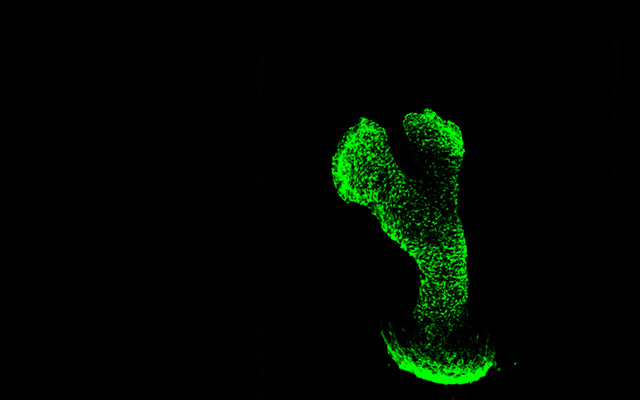Research Progress of Stem Cells and Exosomes in Neonatal Hypoxic-Ischemic Encephalopathy
JIANG Rong1, FU Tingting1, DING Yihan1, LIU Ran1, YI Bin2*
Neonatal HIE (hypoxic-ischemic encephalopathy) results from perinatal hypoxia, asphyxia, and ischemia, and is the main cause of neonatal death and persistent neurodevelopmental defects. The pathophysiological mechanisms of HIE involve multiple molecular and cellular damage processes. As the standard treatment for HIE, TH (therapeutic hypothermia) can effectively reduce mortality and the risk of severe neurodevelopmental disorders. However, the incidence of severe neurodevelopmental disorders after TH treatment is still high. In recent years, SCs (stem cells) and their derived Exos (exosomes) have shown great potential in HIE treatment research, but their mechanism of action and optimal treatment regimen still need further exploration. This article aims to review the research progress of SCs and Exos in the treatment of HIE in recent years, and explore potential therapeutic strategies, in order to provide new ideas for the clinical treatment of children with HIE.




 CN
CN EN
EN